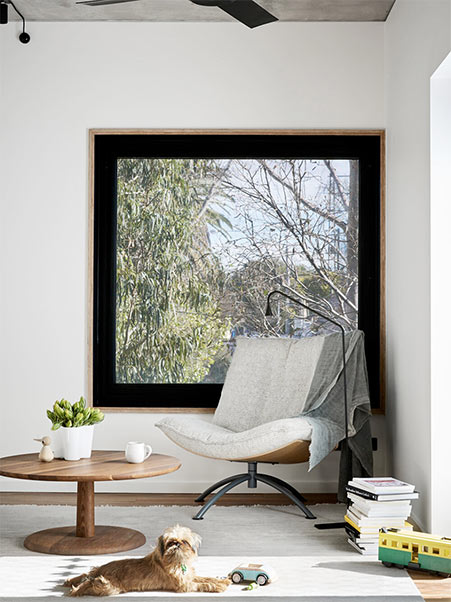Housing affordability in Australia is some of the worst in the world.1 However the desire to own property is still, it seems, an Australian desire, even if only for housing security as opposed to increased wealth. The Nightingale Model is a set of systems and processes that provides more affordable architecturally designed medium – high density housing onto the Australian market.
Developed initially by Jeremy McLeod of Breathe Architecture inspired by their award-winning sustainable apartment project, The Commons, The Nightingale Model is built on a set of five values and strategies:
- Affordability
- Transparency
- Sustainability
- Deliberative Design
- Community Contribution
Nightingale projects are affordable as profits are capped, unnecessary costs such as marketing and display suites are removed, operating and maintenance costs are reduced through good design and a covenant on resale ensures lower housing prices are ‘heirloomed’. The ‘capitalist market’ system of the highest offer wins is stripped through a balloting system, that selects winning home owners. Project costs, governance and decision-making processes are transparent.
The buildings have a minimal 7.5 star NatHERS thermal rating, are 100% fossil free in their operations through an embedded energy network with water harvesting systems and productive gardens. Homeowners are partners in the process through informed participation to support the decision-making process from design to settlement and communities are connected with active street frontages, pedestrian experiences and opportunities for engagement with tenants.
This model is available for licensed architects to also develop Nightingale buildings continuing the knowledge and research developed through previous projects. There are currently five Nightingale projects completed to date with a further six in development. As well as Breathe Architecture, HIP V.HYPE, Six Degrees Architects, ClarkeHopkinsClarke, EHDO Architecture, Austin Maynard Architects, Architecture Architecture, Clare Cousins Architecture, Hayball and Kennedy Nolan have or are being involved in Nightingale projects mainly still in the Melbourne area but now moving to regional Victoria and Fremantle WA.
Situated close to public transport, negates the need for car parking spaces, communal areas provide residents with places to meet either socially or through shared tasks such as laundries or communal gardens and simple yet carefully selected materials provide sustainable, comfortable and beautiful places to live in metropolitan areas or regional cities. Many of the residents of the Nightingale Projects claim that their ability to own a property of this standard, particularly in Melbourne metropolitan areas, would otherwise have not have been possible.2
These projects prove that good housing design based on the principles of sustainability of social, economic and ecological resilience, can be achieved by rethinking the status quo.

To find out more visit Tasmanian Timber.
[1] https://theconversation.com/australias-housing-system-needs-a-big-shake-up-heres-how-we-can-crack-this-130291, accessed 4/3/20
[2] https://nightingalehousing.org/nightingale-life, accessed 4/3/20

